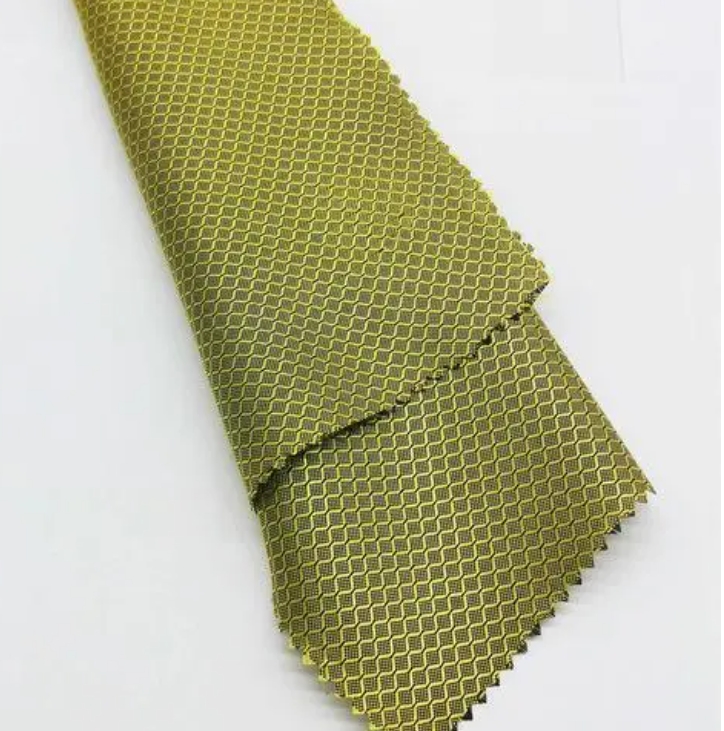Outdoor fabric is a kind of fabric containing special ingredients, which is generally required to meet some special outdoor requirements, such as waterproof, sunscreen, quick drying, wind proof and breathable.
- Polyester: polyester fiber, also known as polyester. The characteristics are good air permeability and moisture drainage, and strong acid and alkaline resistance and ultraviolet resistance. The disadvantage is that there are electrostatic problems, i.e. it is easy to be contaminated with dirt. It is often used to make warm materials and quick drying materials. The most famous materials are Coolmax of DuPont and Polartec of maldens.
- Spandex: stretchable nylon, also known as spandex. The advantages are high elasticity, high elasticity and good recovery. Generally, the use of 2% can improve the motion feeling of the fabric, the drape feeling and the shape retention. The weakness is weak alkali resistance; It is easy to turn yellow and brittle when exposed to chlorine or ultraviolet radiation, and has poor heat resistance. It is often used as auxiliary material and blended with other materials. The more famous outdoor fabrics include Lycra of Dupon in the United States and “dorlastan” of Bayer in Germany; Japan a “Roica” by K (Asahi).
- Nylon: nylon, also known as nylon, polyamide fiber. The advantages are high strength, high abrasion resistance, high chemical resistance, good deformation resistance and aging resistance, while the disadvantages are hard to handle. The most common outdoor fabric is widely used for backpacks, sleeping bags, clothing and tents. The more famous ones are pertex and Cordura.
Outdoor fabric is a type of fabric that is specifically designed to meet the requirements and demands of outdoor activities and environments. It contains special ingredients and features that make it suitable for various outdoor applications. Here are some common characteristics and requirements of outdoor fabric:
Waterproof: Outdoor fabric is often treated with waterproof coatings or laminates to prevent water from penetrating the fabric. This feature helps to keep the wearer dry and comfortable in wet conditions, such as during rain or snowfall.
Sunscreen: Outdoor fabric may be treated or constructed with UV-resistant materials to provide protection against harmful ultraviolet (UV) rays from the sun. This helps to prevent sunburn and minimize the risk of skin damage caused by prolonged sun exposure.
Quick Drying: Outdoor fabric is designed to have quick-drying properties, allowing it to rapidly wick away moisture and dry faster than regular fabrics. This feature is particularly important for activities where the fabric may become wet, such as water sports or hiking in rainy conditions.
Windproof: Outdoor fabric often has windproof characteristics, which help to block the wind from penetrating through the fabric. This provides insulation and helps to maintain body heat, keeping the wearer warm and comfortable in windy conditions.
Breathable: Outdoor fabric is engineered to be breathable, allowing air and moisture vapor to pass through the fabric. This helps to regulate body temperature, prevent overheating, and maintain comfort during physical activities.
In addition to these main features, outdoor fabric may also possess other desirable qualities such as durability, abrasion resistance, and resistance to fading. It is commonly used in the production of outdoor clothing, tents, backpacks, awnings, cushions, and other outdoor gear.
It’s important to note that different outdoor fabrics may have varying degrees of these characteristics, and the specific requirements may depend on the intended use and the level of outdoor activities involved. Therefore, when selecting outdoor fabric, it’s crucial to consider the specific needs and conditions of the outdoor environment to ensure optimal performance and protection.




